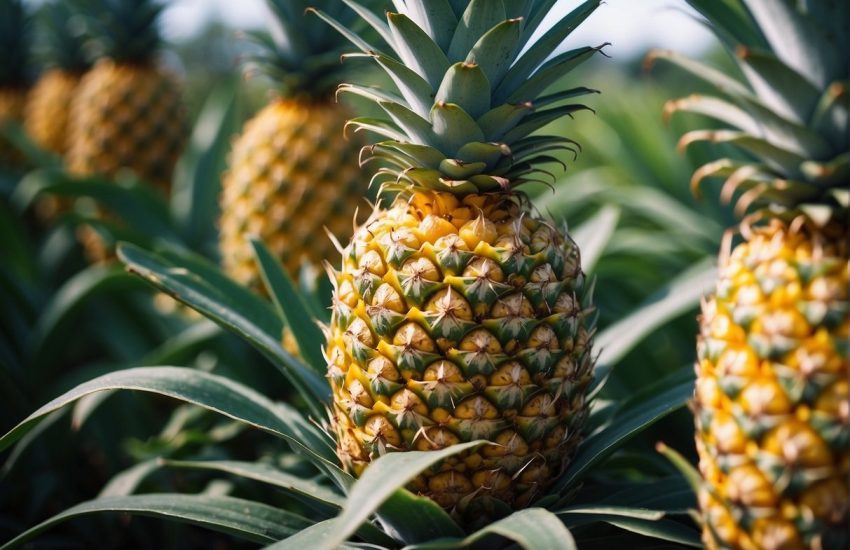Are Zinnias Poisonous to Humans? The Truth About Zinnias and Human Health
Zinnias are a popular flowering plant that can be found in gardens all over the world. While they are known for their vibrant colors and long-lasting blooms, many people wonder if they are safe to have around pets and children. Specifically, the question arises: are zinnias poisonous to humans?

According to a search of reputable sources, zinnias are generally considered non-toxic to humans. In fact, some sources even suggest that zinnias are edible and can be added to recipes or teas. However, it is important to note that some people may experience an allergic reaction to zinnias, particularly if they have a known allergy to plants in the Asteraceae family, which includes daisies and sunflowers.
Despite the fact that zinnias are not considered poisonous to humans, it is still important to exercise caution when handling them. As with any plant, it is best to wash your hands thoroughly after touching zinnias, especially if you plan on consuming them. Additionally, if you notice any adverse reactions after coming into contact with zinnias, such as a rash or difficulty breathing, seek medical attention immediately.
Zinnia Characteristics and Cultivation

Botanical Profile and Varieties
Zinnias are annual or perennial flowering plants that belong to the Asteraceae family. They are known for their bright and showy blooms that come in a wide range of colors, including red, orange, yellow, pink, and purple. The flowers have a central disk surrounded by petals, and they can be single or double. There are several species of zinnias, but the most popular one is Zinnia elegans.
Zinnias are available in a variety of sizes and shapes, including compact and tall varieties. Some of the popular types include Zinnia Elegans, Zinnia Angustifolia, and tall zinnias. Each variety has its own unique characteristics and growth habits.
Growing Conditions and Care
Zinnias are easy to grow and care for, making them a popular choice for gardeners. They thrive in full sun and prefer nutrient-rich soil. They can tolerate partial shade, but they will produce fewer blooms in such conditions. Zinnias grow best in soil that is well-drained and moist.
To grow zinnias, start by preparing the soil and planting the seeds in the spring or summer. The seeds should be planted about 1/4 inch deep and spaced about 6 inches apart. Water the seeds regularly and keep the soil moist until the plants emerge.
Once the zinnias have started to grow, they need regular watering and fertilization. They should be watered deeply once a week, and they benefit from regular applications of a balanced fertilizer. Deadheading the flowers can help promote more blooms and prevent the plant from going to seed.
Zinnias can grow up to 3 feet tall, depending on the variety. They are typically grown as annuals, but some varieties can be grown as perennials in warmer climates. Zinnias are a great addition to any garden, and they can be used in borders, containers, or as cut flowers. With proper care, they can produce colorful blooms all summer long.
Health and Safety Considerations

Zinnias and Human Safety
Zinnias are non-toxic and safe for humans to handle and consume. The petals of zinnias are edible and can be used in salads or as a decorative element in dishes. However, excessive amounts of zinnias can cause a bitter taste in the mouth and skin irritation due to the fine hairs on the stem and leaves. If skin irritation occurs, it is recommended to wash the affected area with soap and water and seek medical attention if necessary.
Zinnias and Animal Safety
Zinnias are safe for pets and livestock such as dogs, cats, and horses. The petals of zinnias are non-toxic and can be consumed by pets without harm. However, it is important to note that some pets may experience vomiting, diarrhea, lethargy, and dehydration if they consume a large amount of zinnias. It is recommended to keep zinnias out of reach of pets and to monitor their behavior if they come into contact with the plant.
Pest Control and Plant Protection
Zinnias are generally low-maintenance and do not require the use of harmful chemicals such as pesticides, herbicides, or insecticides. However, if pests such as aphids or spider mites are present, insecticidal soap can be used to control them. It is important to follow the instructions on the label and to avoid using excessive amounts of insecticidal soap as it can harm beneficial insects. Zinnias can also be protected from pests and diseases by practicing proper gardening techniques such as sowing seeds at the appropriate depth, providing adequate water and sunlight, and using companion plants such as marigolds to deter pests.
Overall, zinnias are a safe and beneficial addition to any garden or cut flower arrangement. With proper precautions and care, zinnias can thrive and provide a beautiful display of colors and properties such as antioxidants and yield.


